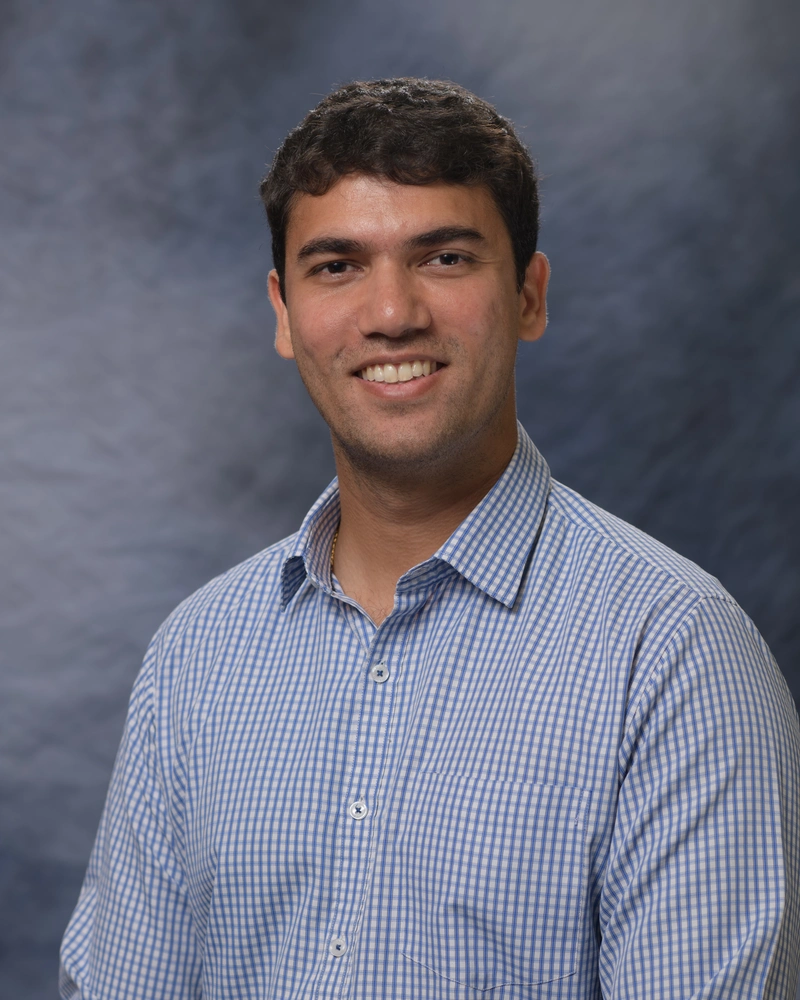
But the spike wasn't so mysterious for Shiv Priyam Raghuraman, a professor in the Department of Climate, Meteorology & Atmospheric Sciences at the University of Illinois. It signaled a familiar rhythm in our planet’s climate system.
“The media highlighted it as, ‘Oh, the scientific community doesn’t know what’s going on,’” he said. “My motivation was to show that we understand this from basic climate dynamics.”
Raghuraman’s award-winning paper, published in Atmospheric Chemistry and Physics, used climate model simulations to show that the 2023 spike in global surface temperatures was primarily driven by a natural phenomenon known as the El Niño Southern Oscillation, or ENSO. His work helps explain why this spike happened when it did.
Raghuraman was stunned when he learned that his paper had been selected for the Paul Crutzen Publication Award out of nearly 800 published by the journal that year. The award was created to recognize an outstanding publication in ACP that advances our understanding of atmospheric chemistry and physics. The annual award was created in honor of Paul Crutzen, Nobel Prize awardee and former director of the Max Planck Institute for Chemistry, who played a pivotal role in creating the Atmospheric Chemistry and Physics journal.
A climate seesaw
ENSO is a cycle of warming and cooling in the tropical Pacific Ocean that unfolds every two to seven years. It plays a major role in shaping year-to-year climate patterns around the globe.
Raghuraman explained, “It’s a kind of ocean-atmospheric seesaw in the tropical Pacific that happens every few years. In El Niño, the Central-East Pacific gets warmer, and in the La Niña phase, the West Pacific gets warmer.”
Leading up to 2023, the Earth had been in a long-lasting La Niña, the cool phase of the cycle. When the system flipped into a strong El Niño, it jolted the global climate system.
“When we went from a very long, cold state to a very warm state,” he said, “that was enough to spike global warming overall.”
Crucially, these spikes can, and do, happen even without human activity. “What we know now is that we can get these spikes without any external human factors in the year-to-year changes,” Raghuraman said. “The long-term trend in global mean surface temperature is human-driven, but this inter-annual change wasn’t necessarily because of us.”
Understanding the cause of short-term spikes like the one in 2023 is essential for making sense of the bigger picture. ENSO events won’t slow the long-term march of climate change, but they can make its impact feel more sudden and extreme.
“This ENSO variability against a background warming trend can lead to historical temperature records,” he said.
A climate career sparked by curiosity
Raghuraman’s path to atmospheric science began with a desire to apply his mathematical skills to real-world questions. “In college, I was a math major. I wanted to do something more applied,” he said.
His interest in the environment was planted even deeper. “I was raised in a very environmentally conscious school, and my family has a renewable energy business in India, so it’s always at the back of my mind.”
He credits his academic mentors, Richard McGehee, V. Ramaswamy, David Paynter, Brian Medeiros, Andrew Gettelman, and Brian Soden (a co-author of this paper), with shaping his path. “I’ve just been very lucky to have incredible mentorship,” he said. “I couldn’t have asked for more.”
Beyond the recognition, the award reaffirmed the value of his approach. “It means that the community appreciates this kind of work. It’s another propeller for me to keep doing what I do.”